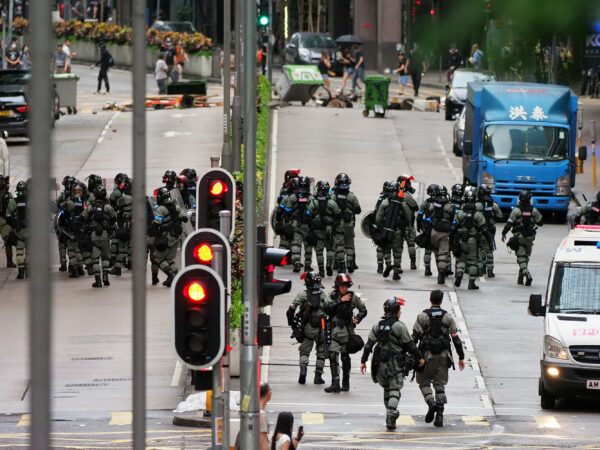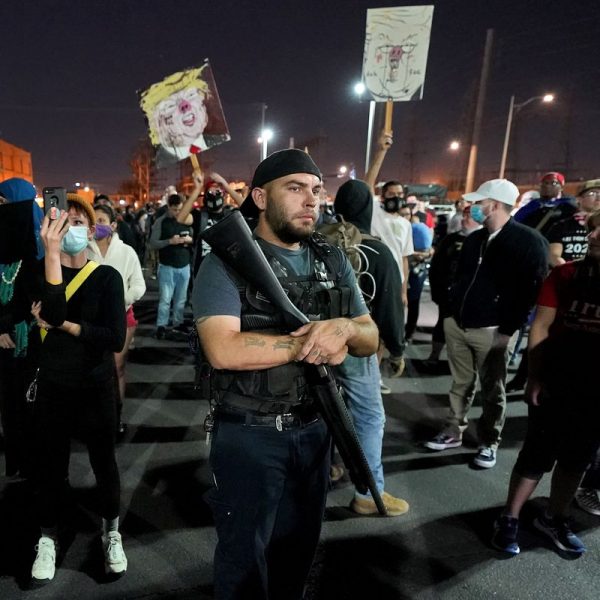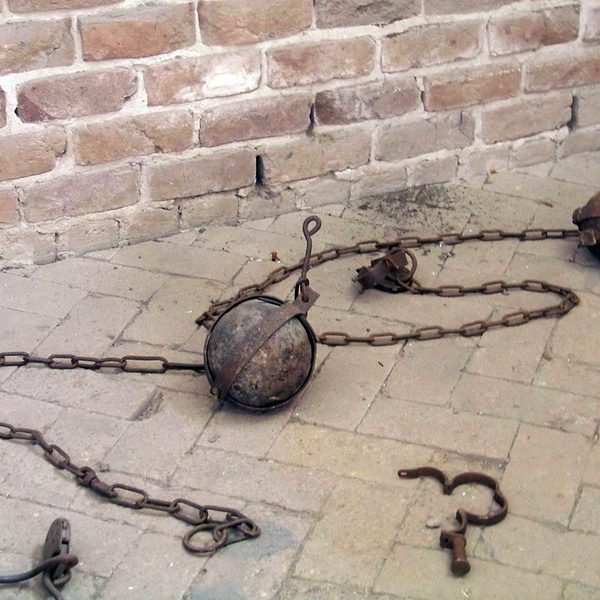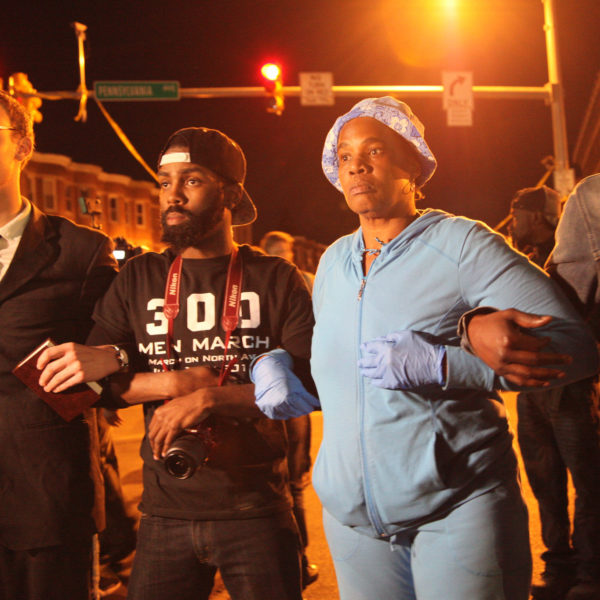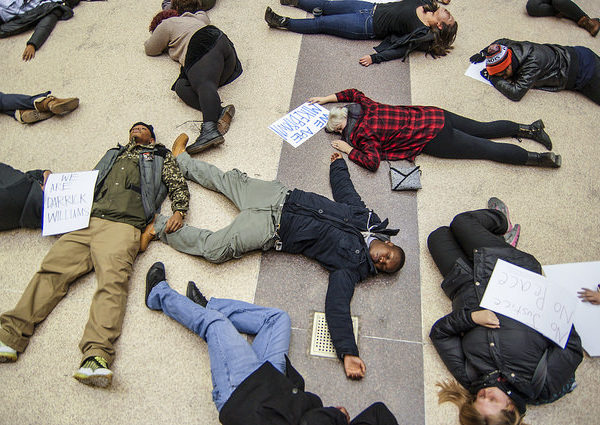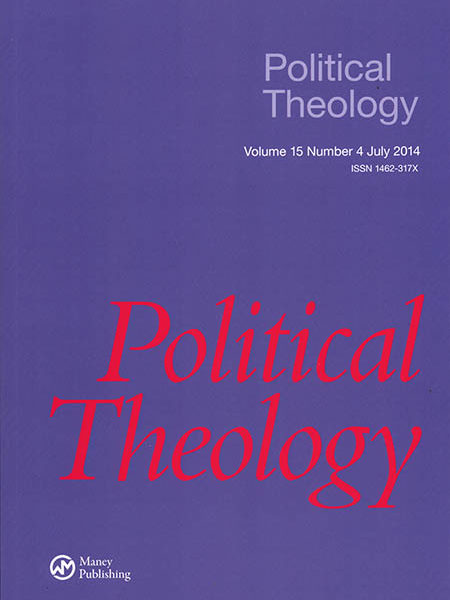
Cavarero’s feminist theory of nonviolence takes the biblical commandment of “Thou Shall Not Kill” as its starting point. This commandment is ethical (it is about one’s relationships with others) and religious (it is about one’s relationship with God), but it is also political (without it, political communities cannot exist).
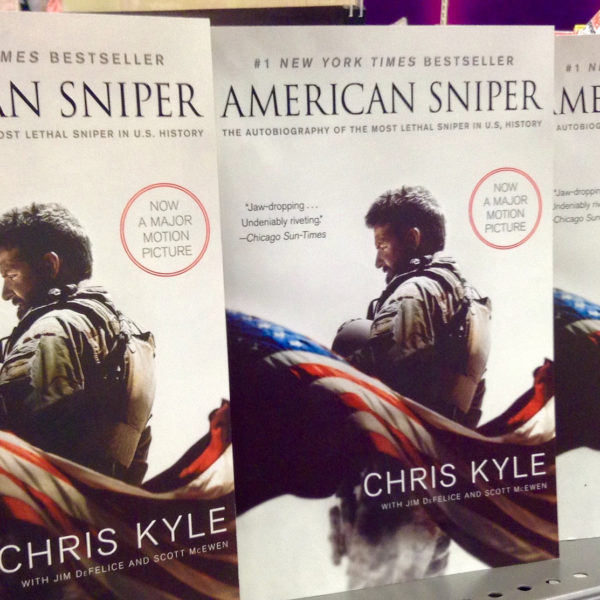
The core of the Christian message, that Jesus liberates us from oppression and demonstrates a means of non-violent resistance to evil through his example, is not often portrayed in Hollywood. More often than not, force is met with force, violence with violence. In blockbuster films, explosions, car-chases, and raw spectacles of destruction predominate, and for good reason—violence sells.
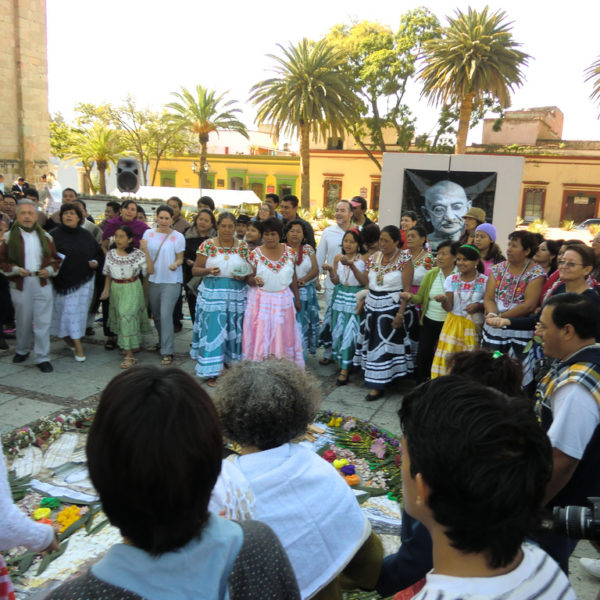
At the very least we might say that both nonviolence and pacifism should attempt to understand and redirect violence. And maybe we should shelve the tired terms for a spell and speak of life-giving or death-dealing acts, which might reframe exhausting debates about property destruction. Pacifism should not be at odds with physical force, with the force of physicality such as sit-ins, strikes, human chains, roadblocks, or even strategic property destruction.
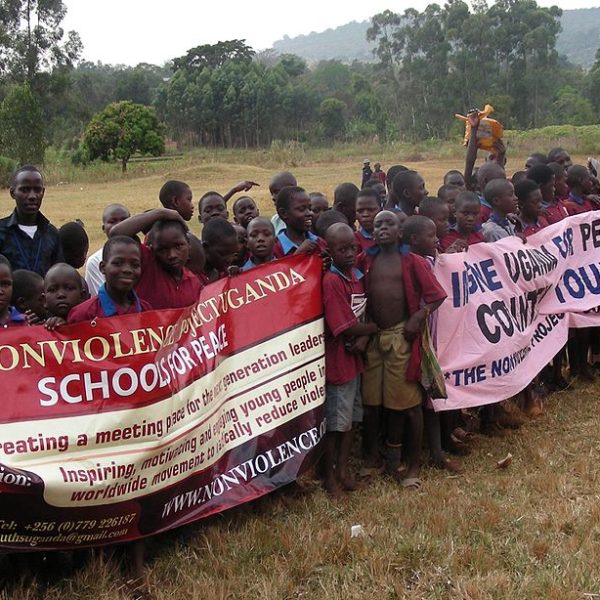
Nonviolence and pacifism are often pitted against one another, even though pacifism was once considered the activist term to distinguish it from nonresistance. Now, pacifism is thrown under the bus, even by vigorous advocates of nonviolence. For instance, Gene Sharp clarifies that nonviolent action is, appropriately, action that is nonviolent, as opposed to pacifism.
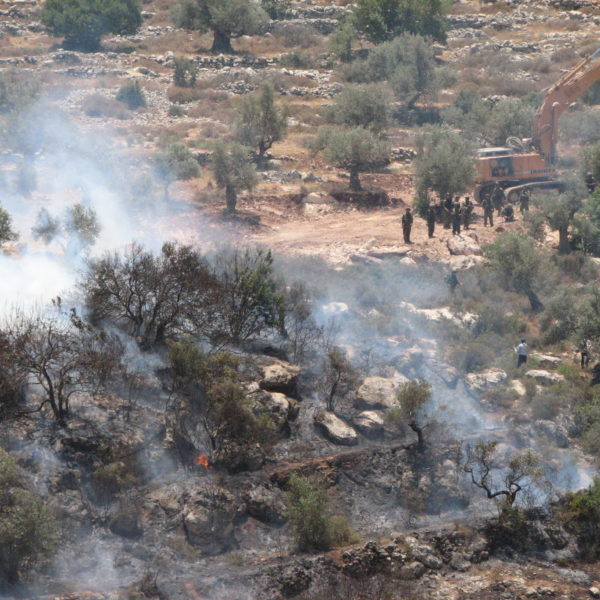
In 2008, I worked in Ramallah as a journalist and interim editor for the Palestine Monitor, a web-based news source committed to “exposing life under occupation.” I traveled throughout the West Bank, writing several articles about the village of Ni’lin, whose olive groves and roads are fractured due to the construction of the separation wall.
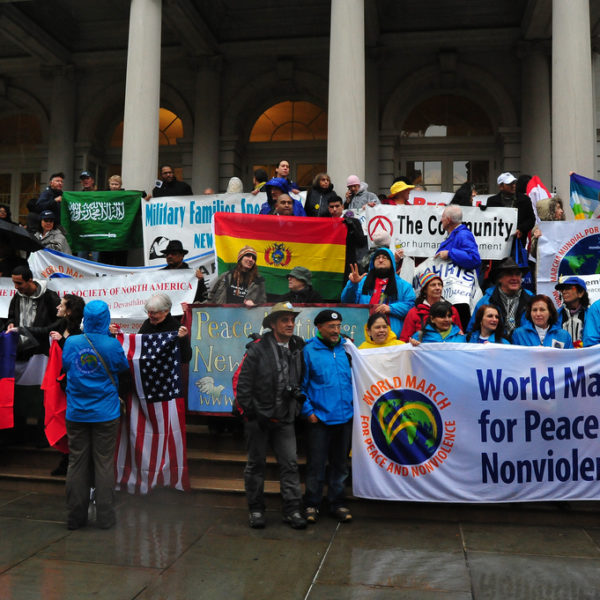
Apparently, nonviolence and democracy are strongly connected. Recent research suggests that nonviolent resistance campaigns are much more likely than violent ones to pave the way for “democratic regimes.” . . . But what, in the world, is democracy? The term resides in a restless spectrum, so perhaps the adjective democratic should be employed more than the noun.
